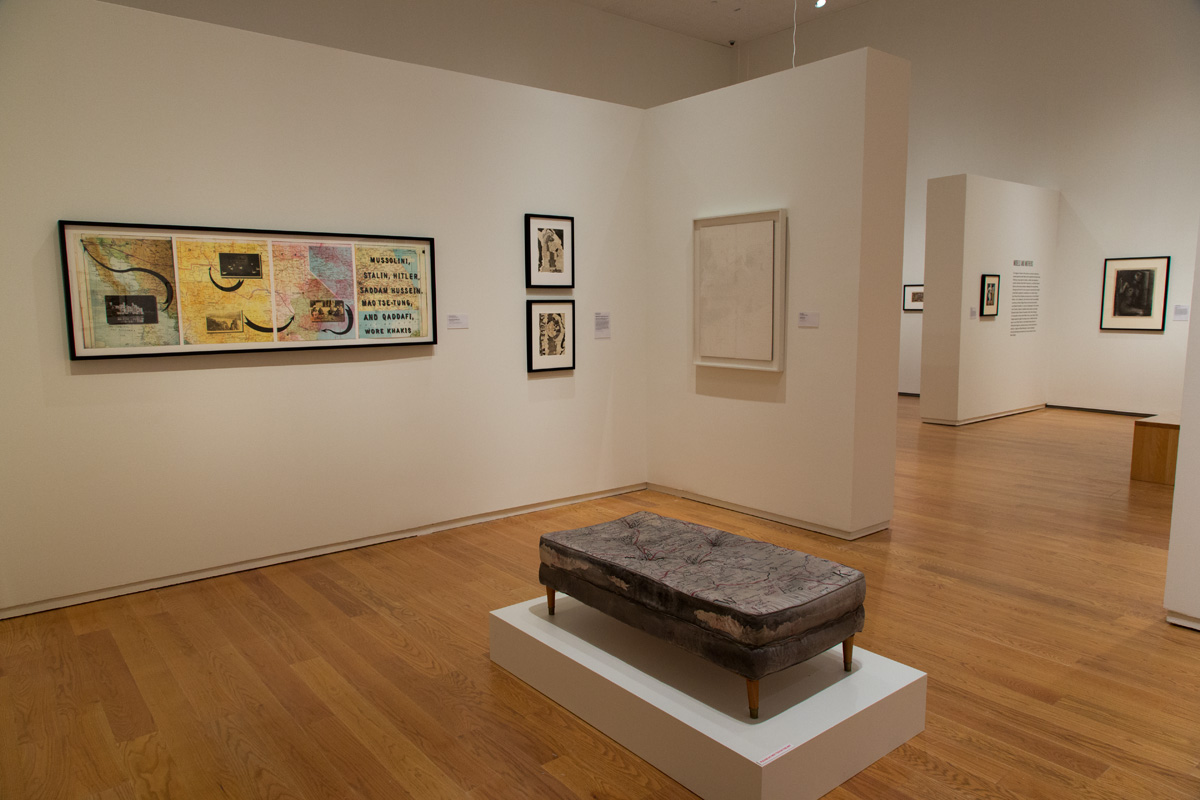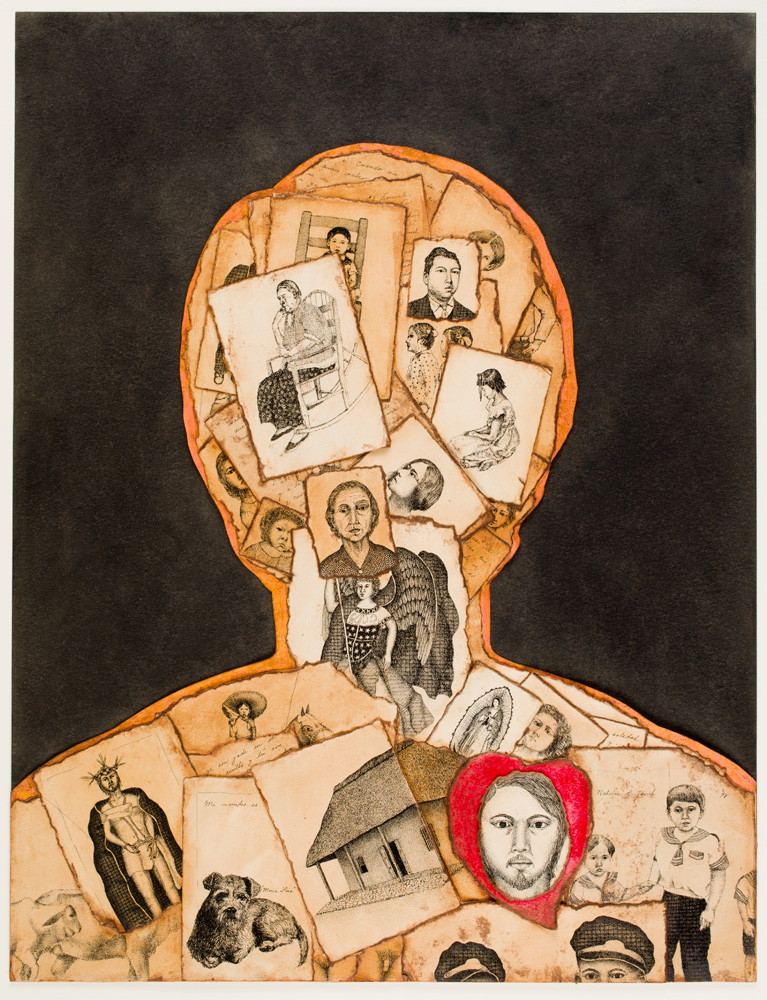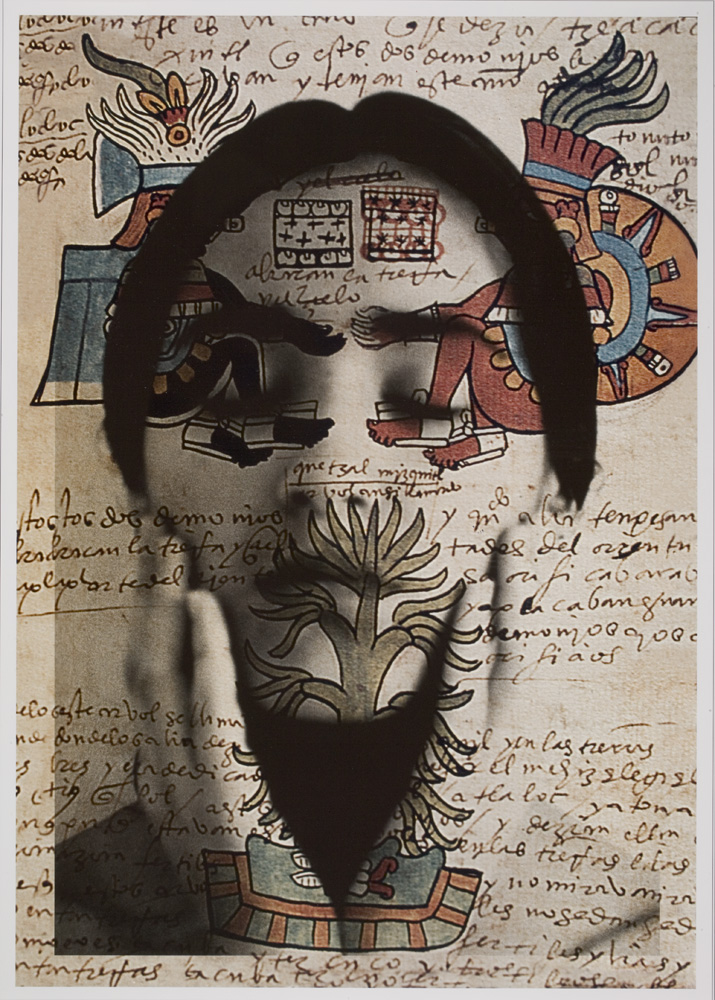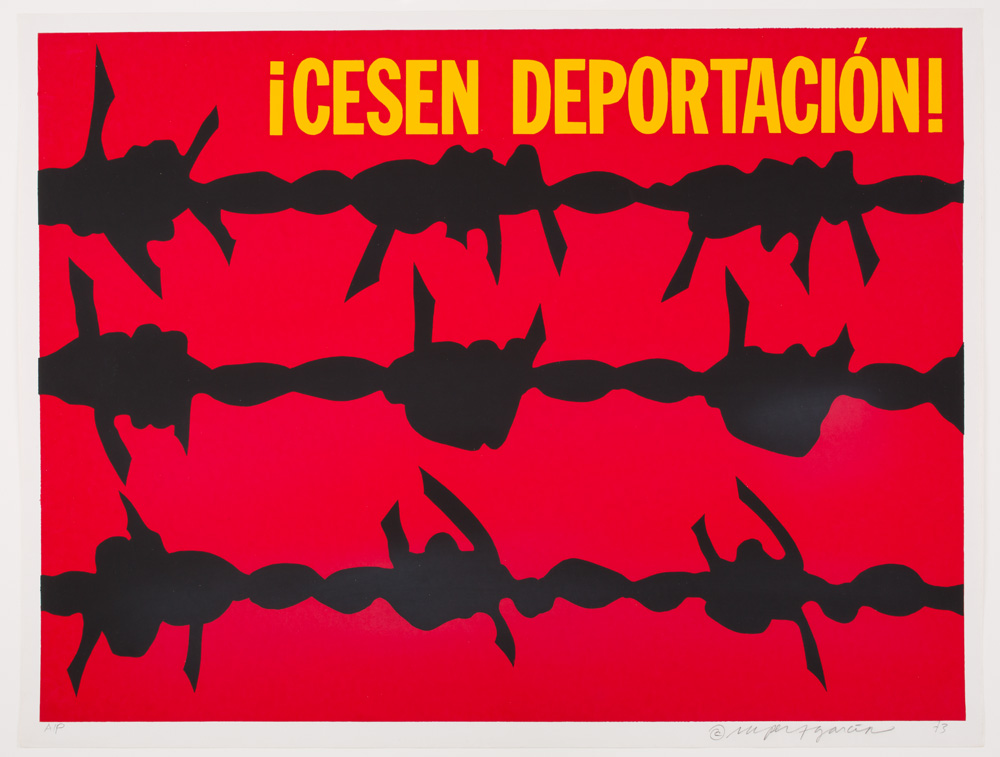Identity and Territory

Who is Latin American? Where is Latin America? In any exploration of “Latin American” art, these interlocked questions are impossible to avoid and yet difficult to answer with precision. Artists in this section, including artists of Latin American descent living in the United States, employ diverse visual strategies and archetypes to explore both of these contested terms. Some attempt to capture national or ethnic types in a straightforward manner. Others wrestle with the complex forces of history, memory, and genetics that underlie identity, as in self-portraits formed from fragments and layers. Artists create maps that refer to the historical traumas caused by colonialist economic systems or contested border zones. They survey more distant territories, such as melancholic sites of emigration or spaces present only in the imagination. These artists make clear that personal identity is only partly determined by citizenship or place of residence, and is too often threatened by imposed boundaries.

Nahum B. Zenil (b. 1947 Chicontepec, Veracruz, Mexico), Presente (Present), 1978, Mixed media, Museum Purchase 2000.149. Courtesy of the artist.

Tatiana Parcero (b. 1967 Mexico City, Mexico), Cartografía interior #35 (Interior Cartography #35), 1996, Acetate and chromogenic print, Gift of Elizabeth Ferrer (Class of 1980) 2013.55. Courtesy of the artist.
In these Mexican self-portraits, identity is generated from fragments and overlapping layers. The collaged drawings in Nahum B. Zenil’s Presente (the title can also mean “I am here!”) are torn and singed, as if to suggest the fragility of memory. Each component provides a literal or imagined reference to the artist’s life: the house where he was born, his parents and dog, holy icons, and his longtime partner in the heart-shaped form. Tatiana Parcero emphasizes her connection to Mexico’s Aztec past. Her downturned face, printed on transparent acetate, overlaps images of water and solar deities, and a corn plant, from the Codex Tudela, a mid-sixteenth century indigenous manuscript.

Rupert García (b. 1941 French Camp, California), ¡Cesen Deportación! (Stop Deportation!), 1973, Screenprint, Museum purchase, Marjorie Schechter Bronfman '38 and Gerald Bronfman Endowment for Works on Paper 2016.94. ©Rupert Garcia, Courtesy of Rena Bransten Gallery, San Francisco, CA.
Barbed wire, long the chief material used to delineate the US-Mexico border, appears in many works of Chicano art. In ¡Cesen Deportación!, the twisted barbs resemble struggling human bodies. The poster was printed for Centro de Acción Social Autónoma-Hermandad General de Trabajadores (CASA-HGT), a Los Angeles organization that sought to organize undocumented Mexican workers and provide vital immigration services—such as blocking deportation—at a time when the United Farm Workers, under César Chávez, were primarily focused on the rights of citizens.